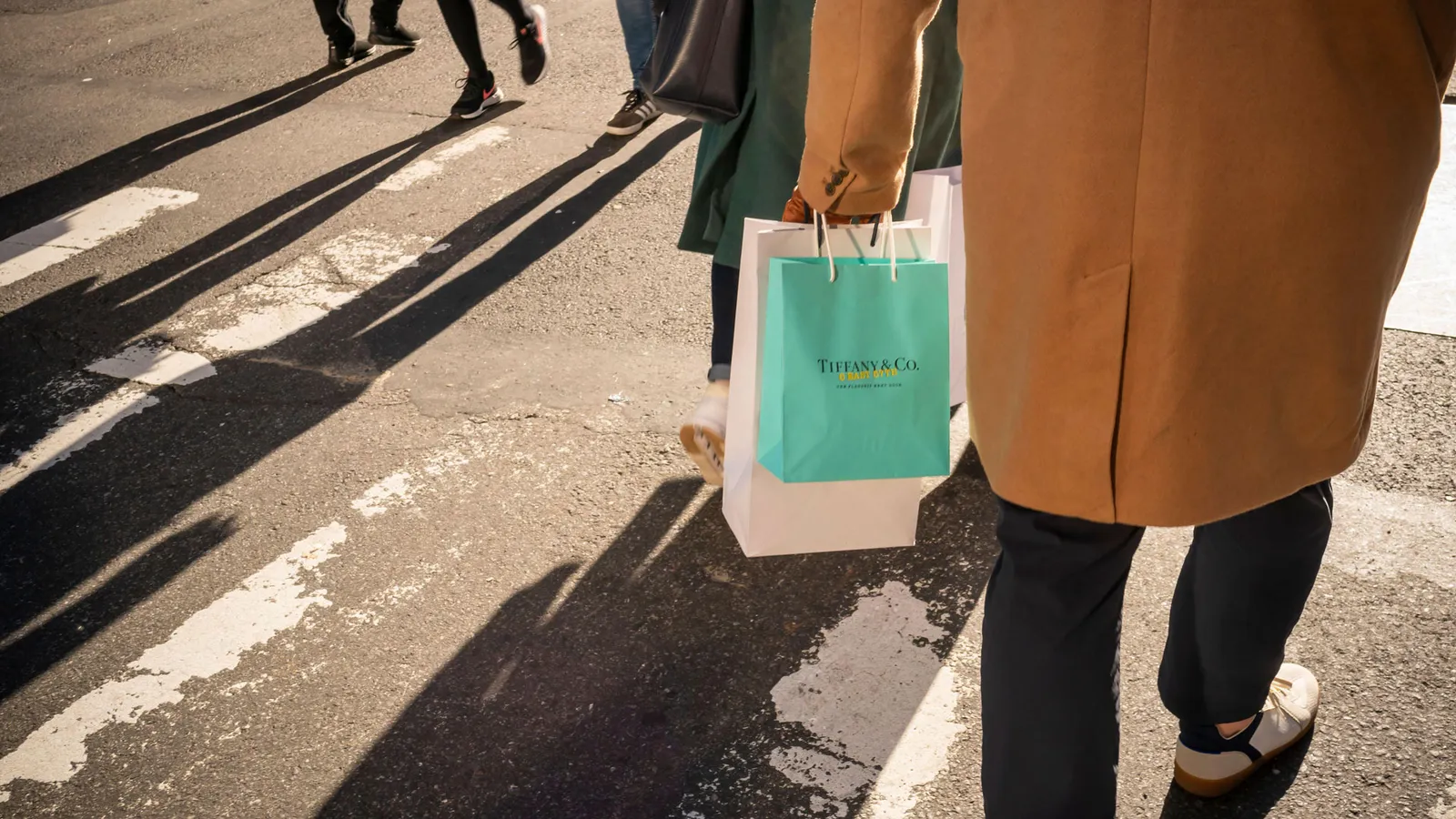Despite financial pressures, holiday shoppers will still spend billions
For many people, money is tight. Yet retail forecasters are predicting a return to pre-pandemic holiday shopping norms.

Amid a cost-of-living crisis, many families are struggling with spiking prices due to inflation, rising housing costs and, in the US, the re-start of student-loan payments. With less discretionary income, many consumers have pulled back on spending. Now, the holiday shopping season is approaching amid the financial squeeze – yet instead of keeping spending tight, experts are predicting consumers will still lay out cash.
In fact, not only will consumers spend, but some retail forecasters are even predicting a return to pre-pandemic holiday shopping norms. According to Deloitte's 2023 Holiday Retail Survey, US spending is expected to surpass pre-pandemic levels for the first time.
"We're returning to some historic levels," says Stephen Rogers, managing director of Deloitte's Consumer Industry Centre and an author on the holiday retail survey. "Participation is nearly universal; 95% of people plan to participate in holiday shopping." That's up from 92% in 2022, and just 88% in 2021.
Deloitte's data shows consumers expect to spend just more than $1,600 (£1,320) on average. But with higher prices in an inflation economy, Rogers says the total number of gifts purchased will be a lot lower than in previous years. "If you go back to 2019, there were 15 gifts on average," he says. This year, shoppers expect to get half as many for about the same amount of money.
The holiday shopping window is shortening, too. While the season once got into full swing in October, this year shoppers are saving a big chunk of their budget for the last two weeks in November, according to the Deloitte survey. "We expect much more activity on Black Friday and Cyber Monday than last year," says Rogers. "People are just more price sensitive, and they're waiting for those promotions."
In an online shopping forecast based on Adobe Analytics data, the company predicted record discounts – up to 35% off – in 18 different categories. Toys are expected to have the biggest discounts, followed by electronics and apparel. According to the report, shoppers will likely find the biggest discounts during Cyber Week – the week after US Thanksgiving – and continue into the first week of December.
In other words, says Rogers, there's a major shopping boom coming, "and retailers need to be ready for that".
For many businesses, holiday shopping is vitally important, says Andy Challenger, senior vice president of job-search firm Challenger Gray & Christmas, Inc. "A lot of retail companies basically turn a profit only in the fourth quarter, and that's the time when they can make all their money."
Retailers' online shopping platforms will see more action than ever this year. The Adobe Analytics' data forecasted that US online shopping alone between 1 Nov and 31 Dec will hit more than $221bn (£183bn), representing a nearly 5% growth from the 2022 season.
"The pandemic has accelerated our addiction to online convenience, and it appears that we've settled into a pattern," says Rogers. In fact, he adds, the Deloitte data shows more than 60% of intended holiday spending will be done online.
Yet increased consumer spending doesn't necessarily equate to more seasonal jobs.
In the past few years at the start of the holiday shopping season, retailers offered huge incentives, including big signing bonuses and generous employee discounts, to lure seasonal workers. This year, however, the labour market for holiday hires is notably cooler. Walmart, the US's biggest employer, hasn't announced plans to hire an additional holiday workforce. Macy's said it plans to hire 38,000 new workers, down from 41,000 last year and a whopping 76,000 in 2021. Target announced it would hire 100,000, the same number hired in 2022.
Other retail employers have been sluggish to announce hiring plans, says Challenger. In an analysis of Bureau of Labor Statistics data, Challenger predicted a total of 410,000 added seasonal positions, the lowest fourth-quarter hiring increase since 2008.
But again, Challenger points to e-commerce and its supporting industries, including warehousing and transportation, as growth areas that are changing the landscape of temporary hiring.
"Traditionally, seasonal holiday jobs have been positions like cashiers, salespeople on the floor, or retail employees in physical locations," he says. "Now, more and more of the seasonal work comes in the form of jobs that support e-commerce. Back-office jobs, order fulfilment, warehouse jobs and the delivery jobs that bring those boxes to people's houses. There's a really, really high demand for those workers."
In fact, e-commerce is leading seasonal hiring by a wide margin. Amazon has been a notable exception among retailers, announcing they'd hire 250,000 seasonal positions in transportation and seasonal fulfilment. "It's the biggest seasonal hiring number we've ever recorded for any company," says Challenger, "and it's 100,000 more than last year."
So, while consumers look toward spending that's largely normal, if a bit pricier than last year, and retailers prepare for big numbers closer to the holidays, for the people who depend on seasonal jobs to add to their income or make ends meet, says Challenger, "there's still a lot of uncertainty coming into this holiday season".
What is more certain is that holiday shopping will look relatively normal – in spite of tighter budgets or financial footings that feel less predictable. "We're seeing that consumers are still looking to spend,” says Rogers. "And what we've seen in times past is that parents make the holidays happen despite economic conditions."
-bbc







